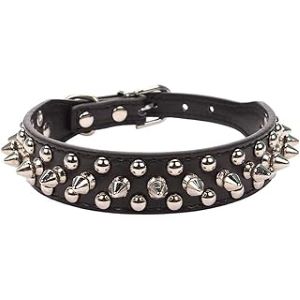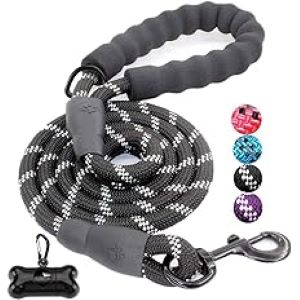Dogs are considered man’s best friend, but not all dogs are treated equally. Some breeds are considered dangerous. But why are there banned dog breeds in the UK?
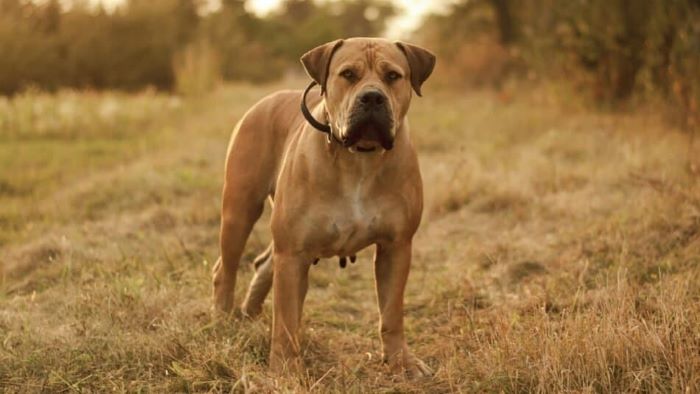
There is controversy surrounding the topic. We will dive into this and explore why is this rule implemented, and what are the reason and effectiveness.
You Might Also Like:
Banned Dog Breeds UK?
Certain dog breeds are banned in the UK because the government wanted to reduce the number of dog attacks on people and other animals. The Dangerous Dogs Act 1991, was introduced after some serious injuries and deaths caused by dogs.
“The act bans four breeds: The Pit Bull Terrier, The Japanese Tosa, The Dogo Argentino, and The Fila Brasileiro. These dog breeds are considered to be dangerous because these dogs were originally bred for fighting or hunting”, says the expert at Purina.
They have a reputation for being aggressive and unpredictable. The aim of this act was to prevent further attacks by banning the ownership of these breeds and imposing rigid penalties for owners. The act also gave the police the power to seize any banned dog, even if it has not harmed anyone.
These bans are regulated and enforced by the police and local authorities. The identification of a banned dog is based on its physical appearance and characteristics. This means that any dog that looks like a banned breed will be subject to the law.
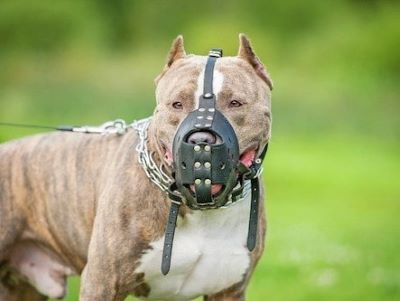
The owners of banned dogs can apply for exemption from a court, the court will allow certain conditions like keeping them muzzled and leashed in public, neutering them, and having them insured.
Some support the ban as it prevents further injuries and deaths. Others oppose the bans, claiming that they have not reduced the number of dog attacks or improved public safety. They also argue that bans cause suffering and discrimination for many dogs and owners who have not harmed anyone.
Incidents That Sparked Controversy
The effectiveness of a ban is a controversial and debated topic. Here are some incidents that sparked controversy in the UK regarding banned dog breeds[1]:
- In 1991, six-year-old Kellie Lynch was killed by a Pit Bull terrier owned by her uncle in Dundee. This incident prompted the introduction of the Dangerous Dogs Act 1991.
- In 2007, five-year-old Ellie Lawrenson was killed by a Pit Bull terrier owned by her grandmother’s boyfriend in St Helens. This incident led to an amendment of the Dangerous Dogs Act 1991, which extended the law to cover private property where dogs are permitted to be.
- In 2014, three-year-old Dexter Neal was killed by an American Bulldog owned by a neighbour in Essex. This incident raised questions about whether other types of dogs should be added to the list of banned breeds.
- In 2019, nine-year-old Frankie MacRitchie was killed by a Bulldog-Cross owned by a family friend in Cornwall. This incident sparked calls for tougher laws on dog ownership and control.

Effects of the Ban on Owners
Banning has been a controversial and divisive issue for many years. The owners of banned breeds face many challenges and difficulties in the UK.
They have to deal with the stigma and discrimination that comes with owning a dog that is considered illegal and potentially aggressive.
They have to comply with strict conditions, such as receiving a certificate of exemption, getting special insurance, keeping dogs muzzled and leashed in public, and notifying the police of any changes in their circumstances.
There are many stories of owners who have been affected by the ban, here are some of them:
- In 2016, Kerry Stevens was attacked by a pit bull terrier when she visited a stranger’s flat. She suffered serious injuries to her face and neck and required surgery. However, Kerry did not blame the breed, but rather the owner who had mistreated and neglected the dog. She said: “I don’t think it’s fair to blame the breed. It’s how they’re brought up.”
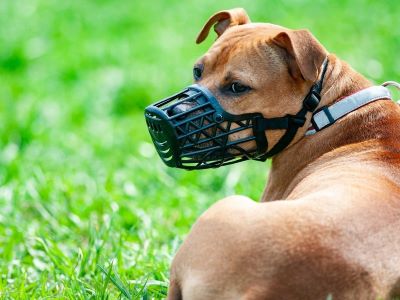
- In 2018, a bull terrier attacked a nine-year-old girl. Owner Jane claimed that her dog was provoked by the girl, who had thrown stones at him. She also argued that her dog was not dangerous, but rather playful and friendly. She said: “He’s never bitten anyone before. He’s been around kids all his life.” She was fined £300 and ordered to keep her dog muzzled in public.
These stories show us the other side of the coin, that ban on dogs in the UK is not a simple issue. It involves many factors, such as the behaviour and upbringing of the dogs, and the responsibilities of the owners. It also raises questions about the effectiveness of the ban.
Evolution of Attitudes About Banned Breeds
Responsible dog ownership is vital as it aims to teach people how to care for their dogs properly, how to behave safely around dogs, and how to prevent dog bites and attacks. There are many welfare organisations that offer this. They offer a variety of programmes for different age groups and settings, schools, clubs, and parks.
Education can reduce the number of unwanted or abandoned dogs by encouraging people to choose suitable breeds, providing necessary training and socialization, and seeking professional advice when needed.
Balancing between safety and fairness is a challenge that requires careful consideration of many factors, such as ethics, facts, human rights, animal rights, public opinion, and practical implications. The bottom line is to protect both people and dogs from harm while respecting their individual needs and interests.

A balanced approach will involve educating people about responsible dog ownership, ensuring laws, and providing the right guidance to the owner and victims with utmost care.
FAQs
Why Are Some Dogs Banned in the UK?
Why are some breeds banned in the UK? Certain dog breeds developed reputations for being more aggressive and responsible for more serious injuries to people than others. Breed-specific legislation, banning certain breeds, was brought in to try and prevent or at least reduce the number of dog attacks on people.
What Are the Four Dog Breeds Banned in the UK?
According to the government, there are four dog breeds that are illegal to own: Pit bull terrier, Japanese Tosa, Dogo Argentino, Fila Brasileiro.
Are Pit Bulls Aggressive to Humans?
These dogs have long been popular family pets, noted for their gentleness, affection and loyalty. And even those pit bulls bred to fight other animals were not prone to aggressiveness toward people. Dogs used for fighting needed to be routinely handled by people; therefore aggression toward people was not tolerated.
What’s the Most Aggressive Dog?
Chow Chow, Akita, American Pitbull Terrier, Cane Corso, Doberman Pinschers, German Shepherds, Rottweilers, and Siberian Husky.
Which Are the Friendliest Dog Breeds?
Cavalier King Charles Spaniel, Golden Retriever, Havanese, Labrador Retriever, Newfoundland, Poodle, Pug, and Shih Tzu are the friendliest dog breeds.
Summary
In conclusion, here is a closer look at “Banned dog breeds in the UK” We have discovered aim of the policy is to keep everyone safe, not just people but dogs too!
Understanding these bans help us to be responsible pet owner and create a better world for both humans and our furry friends!
Reference:
- Wikipedia contributors. (2023b). List of fatal dog attacks in the United Kingdom- Wikipedia.
